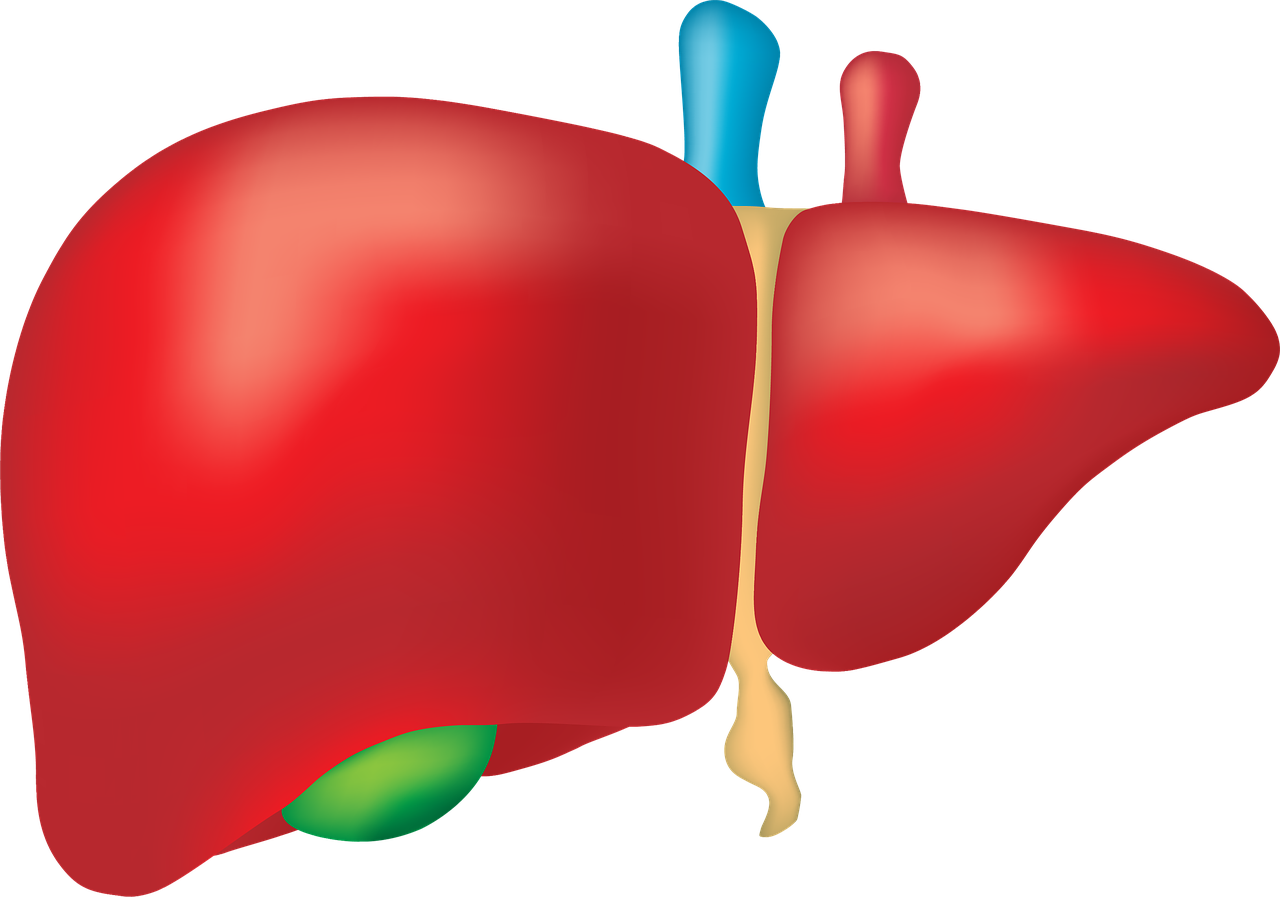The number of liver cancer cases worldwide could nearly double by 2050 unless preventable risk factors such as obesity, alcohol consumption, and hepatitis are brought under control, according to a study published Tuesday in the Lancet medical journal.
The study, conducted by the Global Cancer Observatory (GCO), a leading global cancer data platform, revealed that currently around 870,000 people are diagnosed with liver cancer annually. If current trends continue, that figure could rise to 1.52 million new cases per year by 2050.
Liver cancer is currently the third deadliest form of cancer globally. The study estimates that by 2050, liver cancer may cause 1.37 million deaths annually.
However, international health experts argue that up to 60% of liver cancer cases could be prevented. According to the researchers, the primary risk factors for liver cancer include alcohol consumption, viral hepatitis, and fat accumulation in the liver due to obesity, a condition now classified as MASLD (Metabolic dysfunction-associated steatotic liver disease), formerly known as non-alcoholic fatty liver disease.
Published ahead of World Hepatitis Day, the study warns that hepatitis B and C will likely remain the leading causes of liver cancer by mid-century.
The most effective way to prevent hepatitis B is vaccination immediately after birth. Yet, vaccination rates remain alarmingly low in low-income countries, particularly in sub-Saharan Africa.
The report further states that if immunisation coverage does not improve, hepatitis B could cause up to 17 million deaths between 2015 and 2030.
Researchers also project that by 2050, alcohol consumption will account for 21% of liver cancer cases, an increase of over 2% from 2022. Similarly, liver cancer cases linked to obesity-related fat accumulation in the liver are expected to rise to 11%, up by 2% from current levels.


